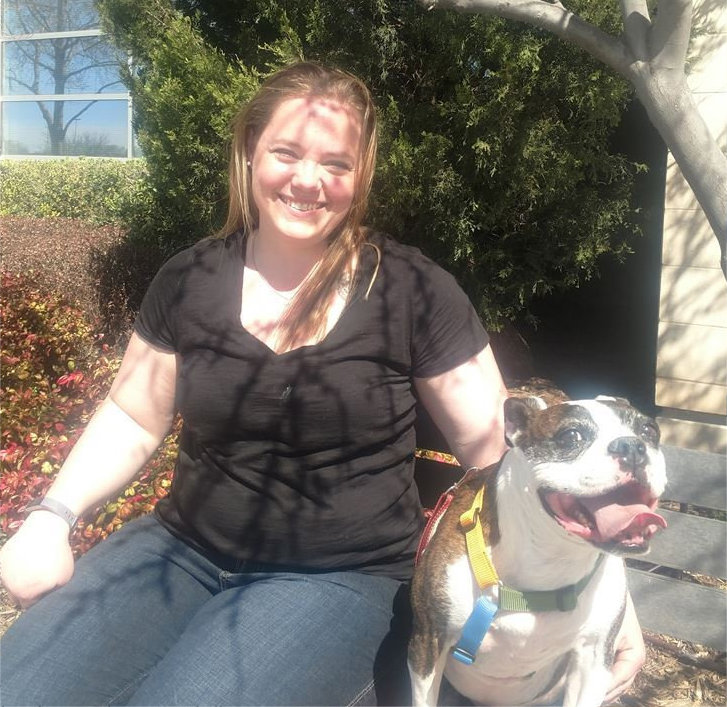Pets and Their People Blog
Are You Prepared for a Pet Emergency? Pet First Aid Programs Are Just a Click Away!
Pet emergencies can be scary! Having at least some knowledge of pet first aid can help pet parents know what do in these situations.

(Photo by Claudio Schwarz
on Unsplash)
We would all like our pet care professionals to know what to do in an emergency, but I would argue that it is just as important for us, the guardians, to know the basics. Having been a certified veterinary technician, I get asked by friends many questions about pet care, including what to do in an emergency.
What is Pet First Aid?
It is important to understand what first aid is and what it is not. First aid is not medical attention; it is a bridge that can help a pet get from an emergency situation to a medical professional. Being knowledgeable about what the best course of action is can help a pet guardian stay calmer when it matters most.
A broken toenail, for example, is something that many guardians encounter. It can be very bloody and very painful for the pet. If you do not have Kwik Stop® (styptic powder), it is handy to know that you can use cornstarch in a pinch to help stop the bleeding until you can get your pet to the vet for treatment.
The main thing a person can do is move slowly and try to remain as calm as possible.
Living in Texas this time of year, another common occurrence is heatstroke. It is important to know that you do not want to submerge your pet in cold water, as that will trap the heat around the vital organs and make the situation worse. Instead, place cool, wet cloths on major blood vessels such as the jugular vein (along the neck) and the femoral artery (inside the rear legs). Replace the cool cloths often and place your pet directly in front of a fan to safely wick away heat. If you can, take a rectal temperature, and call your vet immediately.
Pet First Aid Programs
There are many programs out there that give people the opportunity to become Pet First Aid Certified. The program that is offered by DogNostics, for instance, explains what the normal ranges are for heart rate, respiration rate, and temperature for our dog and cat friends so you can know if your pet is abnormal and if medical attention is needed. That program also covers specific emergencies and how to handle them.
Generally, pet first aid programs cover CPR, bandaging, and common emergencies that may occur. I suggest looking at what the program covers and picking the one best suited for you.
If you find your pet in an emergency situation, being prepared can change the outcome.
About the Author

Rebekah King, MBA, BSc., PCT-A, DN-FSG1, DS-CDT, earned a degree in Animal Science while working full time for a vet and graduated with a Master of Business Administration from West Texas A&M University. Rebekah then rounded out her experience by teaching school for a year, gaining another invaluable skill. Most recently, Rebekah was the manager of a high-end pet resort and spa in Oxford, MS, and continues to operate her own dog training and pet care business in Texas. Rebekah’s current business roles also include vice president of Doggone Safe, Director of Operations at The Pet Professional Guild, and Student Coordinator and faculty member at DogNostics Education.
Equip Yourself to Save Lives & Prevent Future Harm – Learn Some Pet First Aid Basics
ON-DEMAND webinar. Register and watch any time!
You owe it to yourself and the pets you care for to be prepared for an emergency. Being prepared is as simple as turning on your computer and learning some basic pet first aid skills.
The cost is **only $10.00** and proceeds support The Pet Training Science Alliance.
In this webinar, Rebekah King gives an overview of the following common issues that pet guardians may encounter and how you can handle them:

• Basic Assessment
• Emergency Muzzle
• Toxicities
• Insect Bites & Stings
• Dehydration
• Vomiting & Diarrhea
• Heatstroke
• Hot Spots
• Broken Toenails

